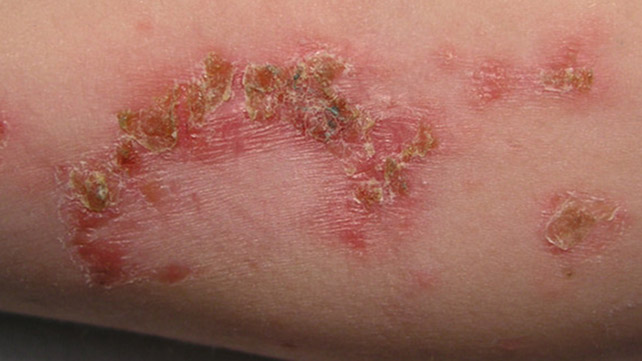Bacteria are some of the most fascinating and complex organisms on the planet, with over 5 million different species that inhabit every corner of our world. While many bacteria are harmless or even beneficial to humans, some can cause serious infections that lead to illness, disability or death. Understanding how bacterial infections work is crucial for preventing their spread and treating them effectively. In this ultimate guide, we’ll explore everything you need to know about bacterial infections – from how they spread to the best ways to protect yourself against them. So grab a cup of tea and let’s dive into the world of bacteria!
What is a bacterial infection?
Bacterial infections are a common cause of illness. They can occur from contact with bacteria such as bacteria on the skin or in the air, or from contact with infected body surfaces such as the eyes, nose, or throat. Symptoms of bacterial infection vary depending on the type of bacteria involved and can include fever, muscle aches and pain, diarrhea, vomiting, and sore throat. It is important to get medical help if you experience any of these symptoms because bacterial infections can lead to serious health problems. There are many different types of antibiotics available to treat bacterial infections and it is important to consult your doctor about which antibiotic is best for you. Prevention is key to preventing bacterial infections and adhering to good hygiene practices will help reduce your risk.
Causes of bacterial infections
Bacterial infections can occur from a variety of sources, including contact with infected materials such as saliva, mucus, or skin secretions; contact with contaminated surfaces; and inhalation of bacteria. Many bacterial infections are caused by bacteria that are commonly found in the environment. These include Salmonella and E. coli. Other bacterial infections can be caused by bacteria that have been introduced into the body through surgery or an injury, or by a virus. Symptoms of bacterial infections may include fever, chills, chest pain, headache, nausea, and vomiting. Treatment typically involves antibiotics to kill the bacteria and relief of symptoms. Prevention of bacterial infections is important for both individuals and populations at high risk for infection.
Symptoms of bacterial infection
Bacterial infections can cause a wide range of symptoms. Some people may experience mild symptoms, while others may experience more severe symptoms. Symptoms can include: fever, muscle aches, diarrhea, vomiting, and headache. Many bacterial infections can be treated with antibiotics. However, some bacterial infections are difficult to treat and can lead to serious health problems. It is important to understand the signs and symptoms of bacterial infections and to seek medical help if you experience them.
How to prevent bacterial infection?
There are a few simple things that you can do to help keep yourself from getting bacterial infections, such as washing your hands often and avoiding close contact with people who are sick. However, it’s important to note that bacteria can still spread through the air, so you also need to take steps to prevent respiratory infections.
The Ultimate Checklist for Avoiding Bacterial Infections
Attention all germaphobes and hygiene enthusiasts! Are you tired of constantly worrying about getting sick from pesky bacteria? Fear not, as we have the ultimate checklist for avoiding bacterial infections. From simple everyday habits to more in-depth cleaning tips, this guide will ensure that you stay healthy and free of harmful germs. So, sit back, relax, and get ready to say goodbye to those nasty bacteria once and for all!
Defining Bacterial Infections
Bacterial infections are not just a nuisance; they can be deadly. Bacteria can cause a number of diseases, some of which are particularly serious, such as meningitis and pneumonia. When you get a bacterial infection, your body mounts an immune response to the bacteria. The response involves inflammation and the release of toxins by white blood cells (leukocytes).
The most common types of bacterial infections are respiratory tract infections (common colds and sinusitis), skin infections (examples include herpes simplex virus [HSV] lesions and eczema), urinary tract infections (UTIs), and gastrointestinal infections (including diarrhea and salmonellosis). Although there is no one type of bacteria that causes all these illnesses, the majority of bacterial infections are caused by members of the Streptococcus genus, which includes Streptococcus pneumoniae, Streptococcus agalactiae, and Streptococcus mutans.
Final Thoughts:
If you think you may have contracted a bacterial infection, it is important to visit your doctor as soon as possible. Your doctor will take a careful history of your symptoms and will perform tests to identify the specific type of infection. Treatment typically depends on the underlying cause of the infection. However, many general-purpose antibiotics work against a broad range of pathogens, so treatment is generally effective regardless of the particular bacterium involved. Antibiotics also sometimes ease symptoms and protect people who are seriously ill from further complications.

